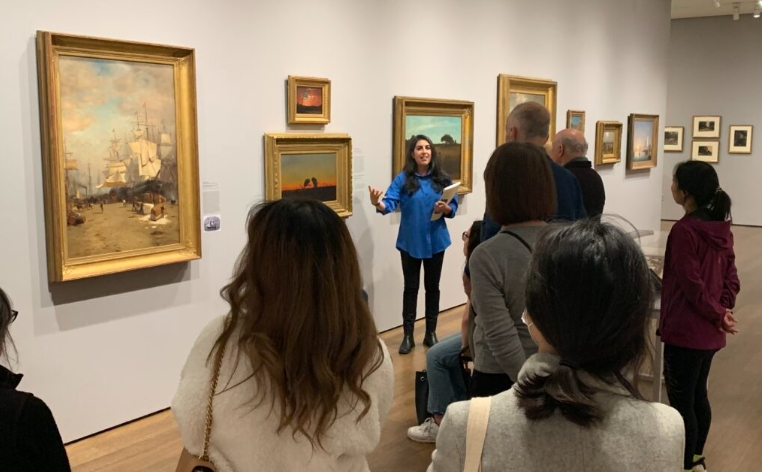Technology and art have long been intertwined, with advancements in one often influencing the other. This intersection has led to exciting new opportunities for artists to create innovative and immersive experiences for audiences.
Expanding Creative Possibilities
With the rise of digital tools and software, artists are able to explore creative possibilities in ways never before imagined. From virtual reality to 3D printing, technology has unlocked a whole new world of artistic expression.
Enhancing the Viewing Experience
Technology has also enhanced the way we experience art. Interactive installations, projection mapping, and digital art displays have transformed traditional galleries and museums into interactive spaces that engage and captivate audiences.
Pushing Boundaries
Artists are constantly pushing the boundaries of what is possible with technology. Through experimentation and collaboration with engineers and programmers, they are able to create artworks that blur the line between the physical and digital worlds.
Challenges and Opportunities
While the intersection of technology and art presents numerous opportunities for creativity, it also poses challenges. Artists must navigate issues of copyright, privacy, and accessibility as they incorporate technology into their work.
The Future of Art and Technology
As technology continues to evolve at a rapid pace, the future of art promises to be even more exciting and dynamic. From AI-generated art to immersive virtual reality experiences, artists are exploring new ways to engage with audiences and push the boundaries of creativity.
In conclusion, the intersection of technology and art is a fascinating space where innovation and creativity collide. By embracing new technologies and pushing the boundaries of traditional art forms, artists are able to create immersive and engaging experiences that inspire and captivate audiences.

